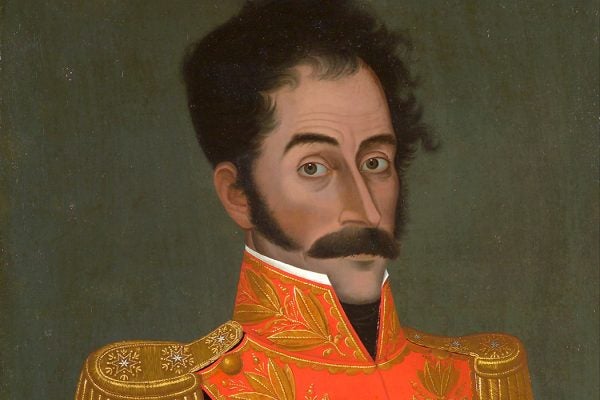The Haitian Revolution and American Slavery
For both US politicians and enslaved Black Americans, the Haitian Revolution represented the possibility of a successful violent rebellion by the oppressed.
Poison and Magic in Caribbean Uprisings
Witchcraft and poisoning were closely connected for both West Africans and the Europeans who enslaved them in the eighteenth-century Caribbean.
Colonialism Birthed the Zombie Movie
The first feature-length zombie movie emerged from Haitians’ longstanding association of the living dead with slavery and exploited labor.
Sergei Eisenstein and the Haitian Revolution
Why was the legendary Soviet filmmaker rebuffed in his vision of putting history's most consequential slave revolt on screen?
Bolívar in Haiti
Simón Bolívar was a man of contradiction. He was willing to set in motion the gradual abolition of slavery, but that would be as far as he would go.
How American Artists Have Portrayed Haiti
In the early 20th century, African American artists created work that expressed solidarity with Haiti--whether they had been there or not.





